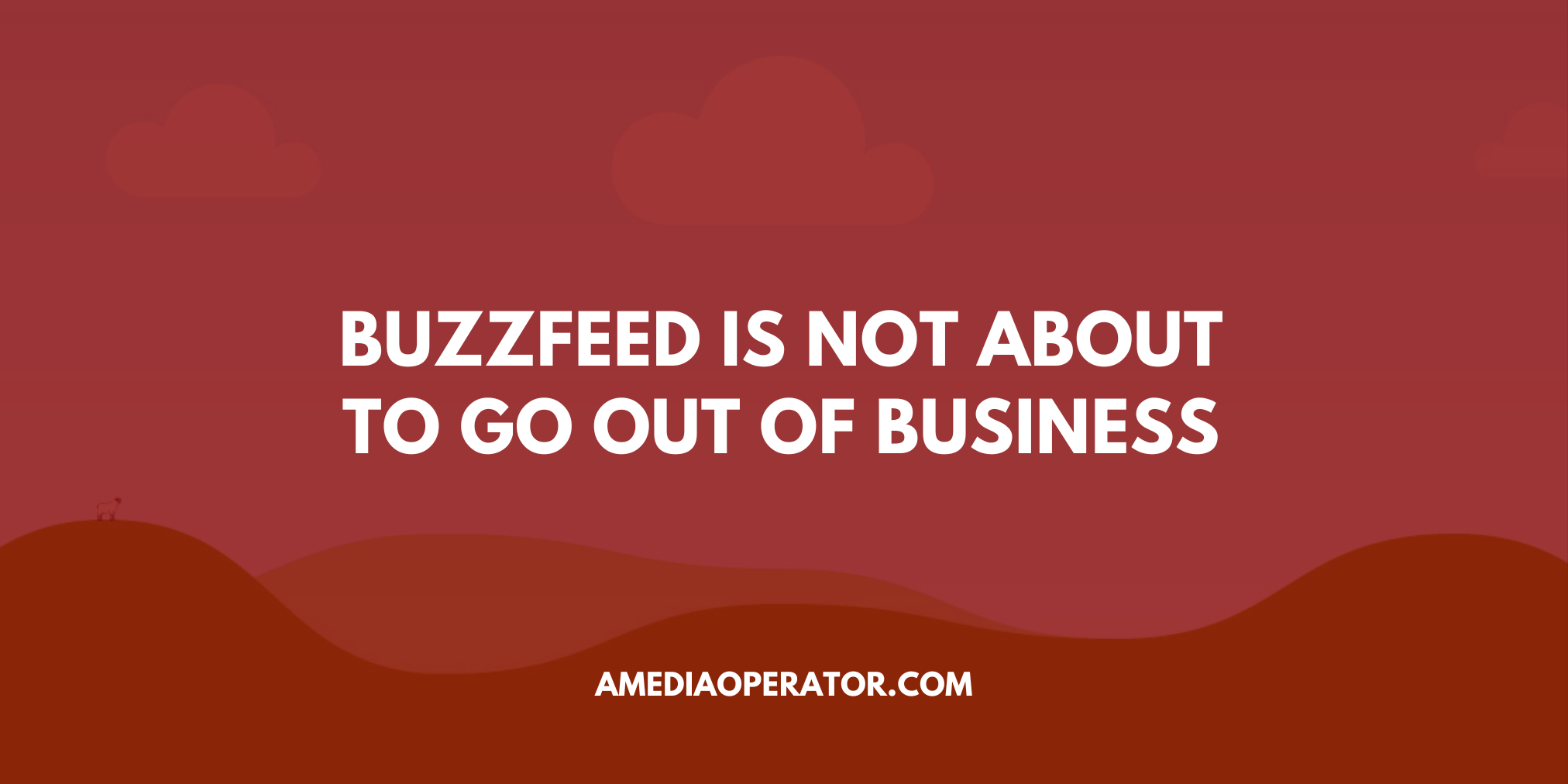- Digital Media Products, Strategy and Innovation by Kevin Anderson
- Posts
- Peak subscriptions for newspapers? No, a much more complex story
Peak subscriptions for newspapers? No, a much more complex story
How Bonnier is using differentiation to grow their adventure sports offering
We start off today with a summary of Greg Piechota's, INMA's researcher-in-residence recent work on subscriptions that he presented at a subs summit in Stockholm. He doesn't think that publishers have seen the peak of subscriptions because there is still a wide gulf between the number of people who subscribe digitally to the newspaper versus those who subscribed in print. But there are areas for concern. Subscriptions growth continues, but the churn rate also continues to grow. He sees an opportunity for newspapers to grow their subscription base during periods of breaking news with high interest in stories like Ukraine.
This is a tale of two halves of the publishing industry. Buzzfeed, Dotdash Meredith and Gannett are down, while the New York Times, Dow Jones and the Arena Group continue to see growth. Moreover, as Kayleigh Barber of Digiday pointed out, the results for these two groups of publishers are almost a mirror of each other. But it's a complex picture. Digital advertising was down for Gannett but up by 74% for the Arena Group. Digital subs growth slowed for Gannett and the Wall Street Journal. It's a good summary of a complex market with a number of different strategies.
One of the themes at the News in the Digital Age conference in London hosted by Google and FT Strategies that stood out was differentiation. Douglas McCabe of Ender Strategies was its strongest advocate there. "How do you stand out from everything else on the internet?" he asked. Bonnier LLC, the US wing of Bonnier AB, has decided to focus on adventure outdoors, and it isn't just producing content but also events such as fishing competitions and sailing regattas. It has just restructured to lean into distributed working with only one centralised office.
In a Q&A with a local news leader in the US, one thing stood out: the increasing role of philanthropy in local news. "We’ve doubled down on philanthropy and have grown the number of grant-funded reporters from four in 2020 to 14 in 2023," Judi Terzotis, the president and publisher of the Times-Picayune | Advocate.
A good overview of how to automate parts of your SEO efforts so that it continues to deliver on your strategic goals but at a lower cost.
This piece was all over my Twitter feed yesterday as a study of Upworthy headlines found out that negative words in headlines generate more clicks. The real question is whether those clicks generate more subscriptions or revenue for the publisher.
Journalism.co.uk has an insightful piece that highlights how cuts affect young reporters. Low pay has always been a feature of entry-level journalism jobs, but now, young reporters are also facing greater precariousness in their positions. It's a recipe that is making it more difficult for local news publishers to attract and retain talent.
My friend Adam Tinworth warns publishers that they need to adapt their off-platform strategies as Tiktok comes under increasing scrutiny from governments around the world.
A deep dive into Buzzfeed's financials including their rate of cash burn. It's not about to go out of business, but its relevance has definitely waned.
Publishers say that they can cut costs by using AI. That can't make content creators who work for them feel secure in their futures.
This quote says it all: "This group doesn’t flat out reject ads, but wants to avoid intrusive formats and ad clutter on the web pages they visit. It’s something Google executives have stated to advertisers for years."










